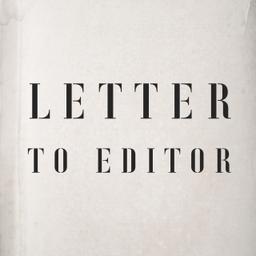I make a living teaching math to middle-schoolers, most often against their will. The job is rewarding and purposeful, sure, but my next favorite part is the praise and attention I receive upon telling others about my apparently very noble calling. “Wow, God bless you guys. I could never do that. Math? Good for you. Here’s your medal. And some cash.” If only.
Next, I’m often asked about common core and new-age math. I’m told math used to be easier in the good old days, that these fancy new diagrams are no way to learn basic calculations. Some days, I think they’re right, but my experience as an educator has taught me otherwise.
Times tables and long divisions are romanticized by those who grew up with them. As parents assist their kids with online work, new ways of imagining math problems in the modern curricula have been introduced to those who hold that nostalgia for old-school brute force mathematics. It seems to have angered them. “Why are they making basic math so confusing? What happened to good old-fashioned memorization? What happened to those ruler-wielding nuns?”
I feel their pain. However, I think both camps might be wrong here. Math should expand critical thinking and frame one’s view of all subjects. Yet schools’ emphasis on precise calculations and correct answers hampers this pursuit of a more idealistic and abstract form of math. The arrival at a final answer is too often the focus and too often leads to cheating. Math is about the journey, not the destination.
This journey could use some variety and collaboration. I witness science teachers collaborate with English teachers to write persuasive essays about global warming. I see social studies teachers trade ideas with art teachers on how to blend their curricula. Us math nerds tend to get left out. Yes, there is plenty of math to use in science class, but time is tight in math class and curricula are rigid. I think it’s about time we loosen this up.
Admittedly, this is a leap of faith. Replacing a lesson on calculating the volume of a pyramid with a discussion on patterns in Egyptian art might make many skeptical, but this is where I have faith. I have faith that fewer exact answers won’t hurt us. Calculations are for the calculator. Creativity and mathematical thinking are for the brain. I’m not the first to suggest this, but the idea needs more microphones, so here I am. Let’s make math a creative pursuit.
Jack Neuhaus
Connecticut




